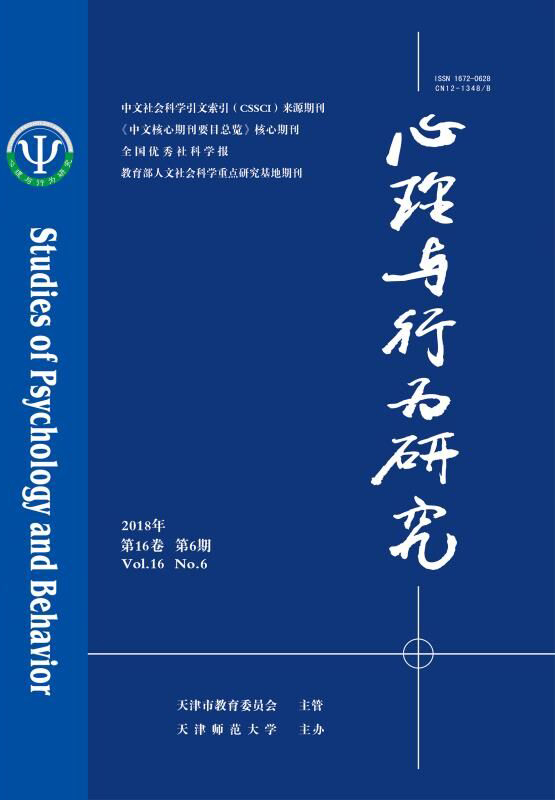|
|
Language Switching and Switching Cost in Language Comprehension of Tibetan-Chinese Bilinguals With Different Proficiency Levels
GAO Lei, GAO Xiaolei, BAI Xuejun, CHEN Meixiang, GUO Zhiying
2018, 16(6):
744-750.
In this study, we chose Tibetan-Chinese bilinguals to perform the word recognition task. For these bilinguals, Tibetan is their mother tongue and Chinese is their second language. According to the level of Chinese of the subjects, we divided them into two groups, that is, the proficient and nonproficient bilinguals. In this experiment, we set up three conditions, namely, the no switching, expected switching, and no expected switching conditions. The aim of this study is to determine the essentials of language switching and switching costs between Tibetan and Chinese. The results were as follows:1) under the three conditions, the reaction times of Chinese words of proficient and nonproficient Tibetan-Chinese bilinguals were significantly shorter than that of Tibetan words, while the error rate of Chinese words was significantly lower than that of Tibetan words. 2) Compared switching condition with no switching condition, the reaction speed of the former was slower, the error rate of the former was higher, they all reached a significant level. The switching costs were observed. 3) Compared proficient Tibetan-Chinese bilinguals with nonproficient Tibetan-Chinese bilinguals, the reaction times of Chinese of the former were shorter, the error rate of the former was lower, they all reached a significant level. For conclusion, in the process of Tibetan-Chinese bilingual's language switching, there was switching cost. The findings support the hypothesis of inhibition that the switching cost of proficient Tibetan-Chinese bilinguals was smaller.
|

